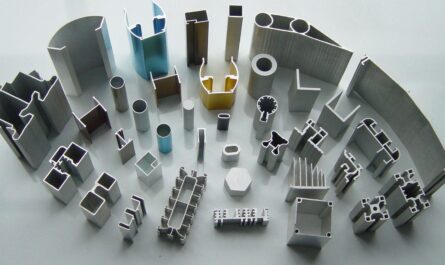Sulfuric acid is one of the most widely produced and used chemicals in the world. It has a variety of industrial and laboratory applications due to its highly corrosive and acidic properties. However, in some applications ultra pure sulfuric acid is required to avoid any impurities that may interfere in chemical processes or alter the properties of final products.
Production of Ultra Pure Sulfuric Acid
To produce ultra pure sulfuric acid, commercially produced sulfuric acid undergoes extensive purification processes. Conventionally produced sulfuric acid contains various impurities like metal ions, chloride ions, nitrous compounds etc. which are removed through purification.
Some key steps involved in the production of Ultra Pure Sulfuric Acid are:
– Concentration: Commercial sulfuric acid contains around 98% H2SO4. It is concentrated to around 98.5% by removing water under vacuum. This removes major impurities soluble in water.
– Distillation: The concentrated acid is subjected to fractional distillation under vacuum. Distillation removes volatile organic and inorganic impurities with different boiling points than sulfuric acid.
– Ion Exchange: The distilled acid is passed through a series of cation and anion exchange columns. This removes ionic impurities like metal ions and halides.
– Filtration: The acid passing through the ion exchange columns is filtered using membrane or crystalline cellulose filters to remove any suspended particles.
– Semiconductor grade purification: For applications requiring highest purity, additional purification steps like sub-boiling distillation are carried out using semiconductors grade materials and techniques.
The multi-stage purification process helps remove impurities down to ppq (parts-per-quadrillion) level to produce ultra pure sulfuric acid of grades 4N-8N depending on the intended application. Strict quality control is maintained during production.
Uses of Ultra Pure Sulfuric Acid
Some major uses of ultra pure sulfuric acid produced through above methods are:
Semiconductor Industry
Semiconductor grade (7N or higher purity) ultra pure sulfuric acid finds widespread application in the manufacturing of integrated circuits, chips, and other microelectronics. It is used for:
– Wafer cleaning: For removal of organic and particulate contaminants from silicon wafers without introducing any impurities.
– Etching: Controlled etching of thin films during wafer fabrication. Even ppt impurities can affect etching quality.
– Photolithography: As a component of photoresist stripping chemicals and developer solutions where high purity is critical.
– Ion implantation: As process chemicals where impurities degrade semiconductor material quality.
Pharmaceutical Industry
In the pharmaceutical industry, 4N-6N grade ultra pure sulfuric acid is used for:
– Synthesis of drugs and active pharmaceutical ingredients (APIs) where impurities could impact safety, efficacy or alter chemical properties.
– Processing of pharmaceutical intermediates during purification and crystallization processes.
– Manufacture of vitamins, antibiotics, steroids etc. according to stringent quality standards.
Analytical Uses
In analytical labs, 5N-7N grade acid finds usage in preparation of standards, reagents and as titration/digestion acid due to its high purity and reproducibility. It is used for:
– Acid dissolution of samples for elemental analysis using techniques like ICP-MS, AAS.
– Preparation of acid calibration standards for analytical instruments.
– Titrimetry for quantitative determination of analytes, bases and salts.
Other Uses
Some other uses of ultra pure sulfuric acid include:
– Electronics/ LED industry for manufacture of specialty chemicals, cleaners etc.
– Research laboratories for synthesis of nanomaterials, catalysts and other chemicals.
– Nuclear and space applications where extremely high purity is required.
– Manufacture of dyes, pigments, resins, plastics and other fine chemicals.
Quality Parameters and Standardization
Due to the critical nature of applications, the purity level of ultra pure sulfuric acid is rigorously tested and standardized. Some key tests and purity levels are:
– Metal ion content (ppb level): Determined by ICP-MS after appropriate dilution and acid digestion.
– Halide content (ppb): Measured using ion chromatography or potentiometric titration.
– Electrochemical test for purity (σ): Measures electrical conductivity to indicate overall purity level.
– Titrimetric assay: Determines actual H2SO4 content volumetrically against standard sodium hydroxide or carbonate solution.
– Additional tests for purity include pH, residue on evaporation, trace anions etc. depending on grade and application.
The purity levels are certified and traceable to national/international reference standards to ensure product quality for reproducible results in important industrial processes.
*Note:
1. Source: Coherent Market Insights, Public sources, Desk research
2. We have leveraged AI tools to mine information and compile it


